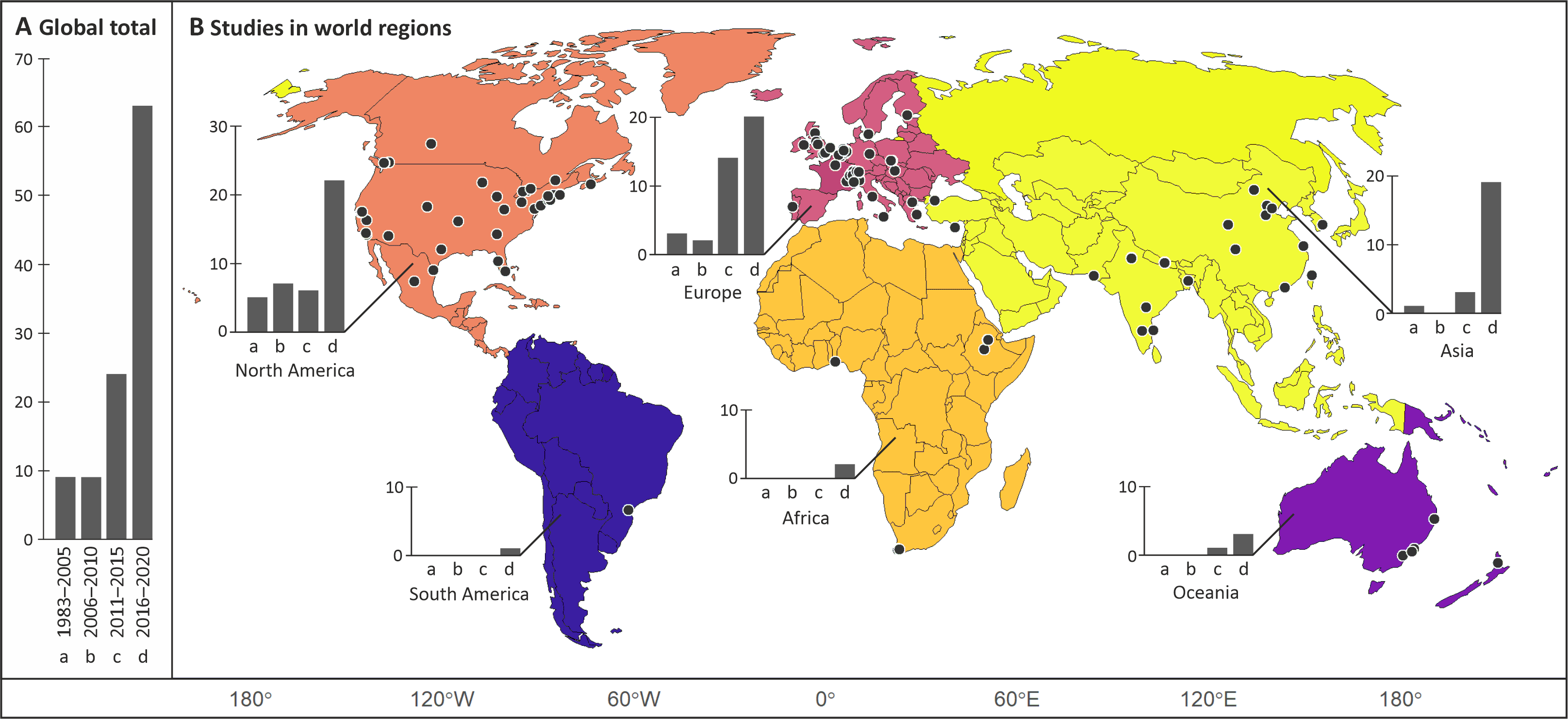Kirjoittajat: Age Poom, Elias Willberg, Tuuli Toivonen
Digital Geography Labin ja Helsingin yliopiston järjestämässä webinaarissa 26.10.2021 pohdittiin, miten luoda miellyttäviä ja terveellisiä liikkumisympäristöjä kaupungeissa.
Webinaarissa esiteltiin tuoreita tutkimustuloksia sekä Helsingin seudun parhaita suunnittelukäytäntöjä. Esitysten aiheina olivat muun muassa liikkumisympäristöjen laatu sekä ihmisten liikkumisenaikainen altistuminen ympäristölle. Webinaarin toisella puoliskolla jatkettiin paneelikeskustelulla, jossa kuultiin näkemyksiä siitä, miten liikennettä ja liikkumisympäristöjä voidaan tutkia ihmisenkokoisesta näkökulmasta sekä siitä, miten ihmisenkokoisuutta voidaan tuoda osaksi kaupunki- ja liikennesuunnittelua.


